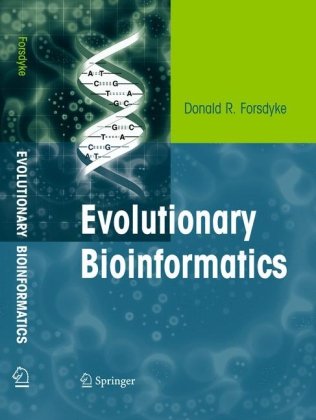

Most ebook files are in PDF format, so you can easily read them using various software such as Foxit Reader or directly on the Google Chrome browser.
Some ebook files are released by publishers in other formats such as .awz, .mobi, .epub, .fb2, etc. You may need to install specific software to read these formats on mobile/PC, such as Calibre.
Please read the tutorial at this link: https://ebookbell.com/faq
We offer FREE conversion to the popular formats you request; however, this may take some time. Therefore, right after payment, please email us, and we will try to provide the service as quickly as possible.
For some exceptional file formats or broken links (if any), please refrain from opening any disputes. Instead, email us first, and we will try to assist within a maximum of 6 hours.
EbookBell Team

5.0
18 reviewsBooks on bioinformatics which began appearing in the mid 80s primarily served gene-hunters, and biologists who wished to construct family trees showing tidy lines of descent. Given the great pharmaceutical industry interest in genes, this trend has continued in most subsequent texts. These deal extensively with the exciting topic of gene discovery and searching databases, but hardly consider genomes as information channels through which multiple forms and levels of information, including genic information, have passed through the generations. This book identifies the types of information that genomes transmit, shows how competition between different types is resolved in the genomes of different organisms, and identifies the evolutionary forces involved. The early chapters relate the form of information with which we are most familiar, namely written texts, to the DNA text that is our genome. This lends itself well to introducing historical aspects dating back to the nineteenth century.